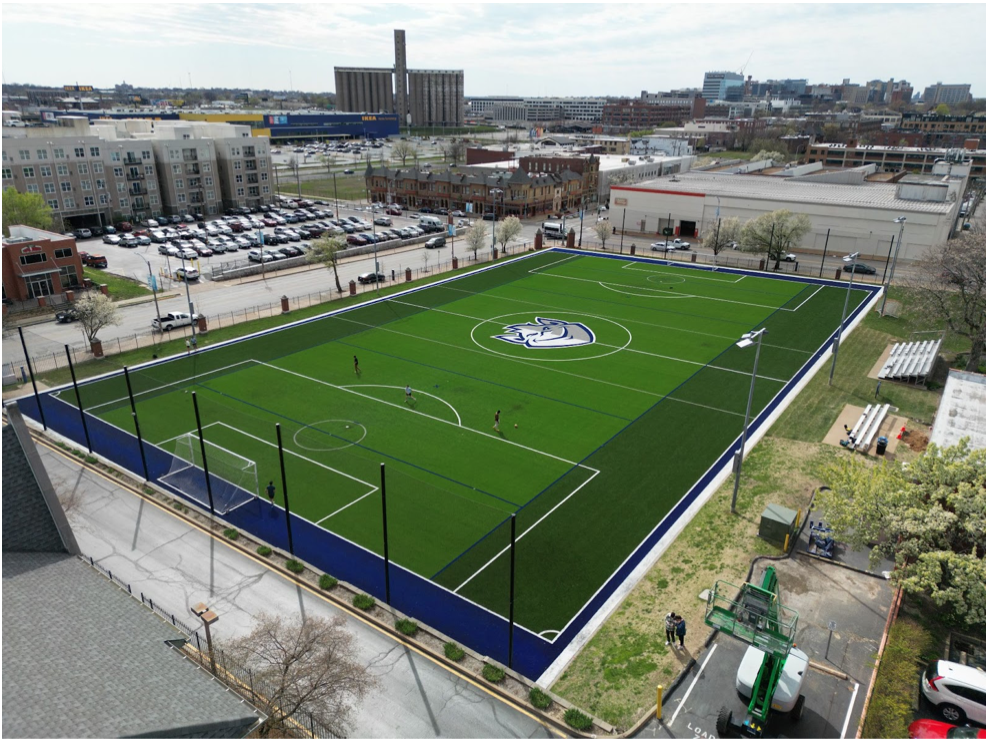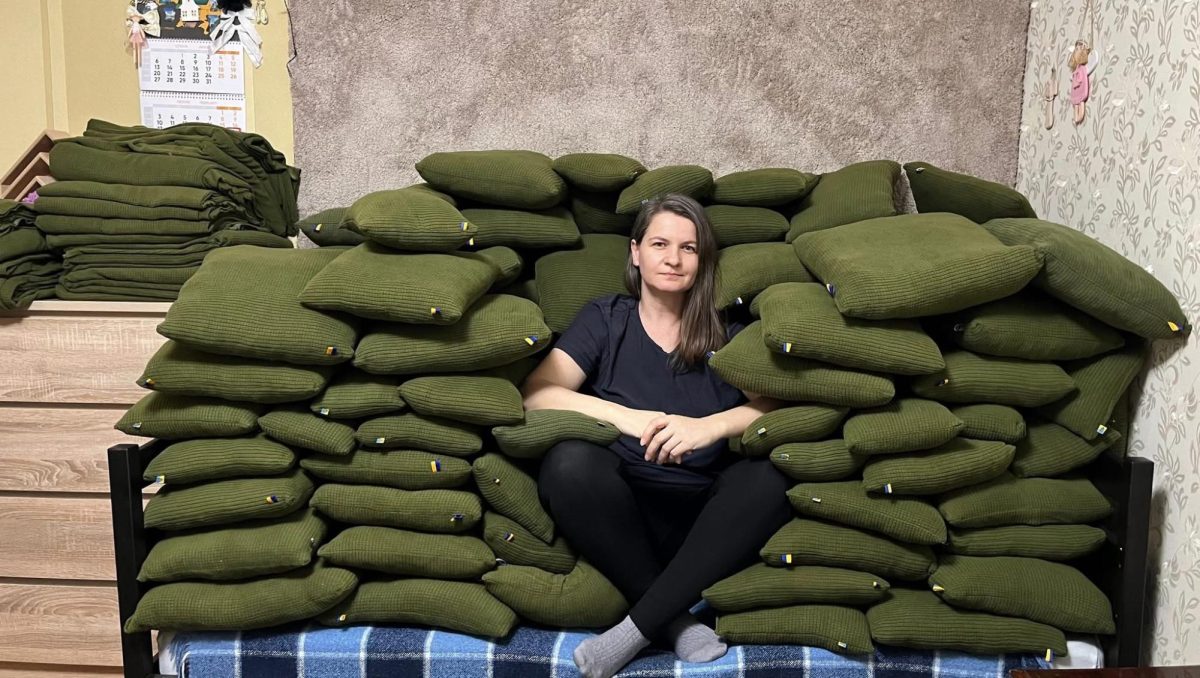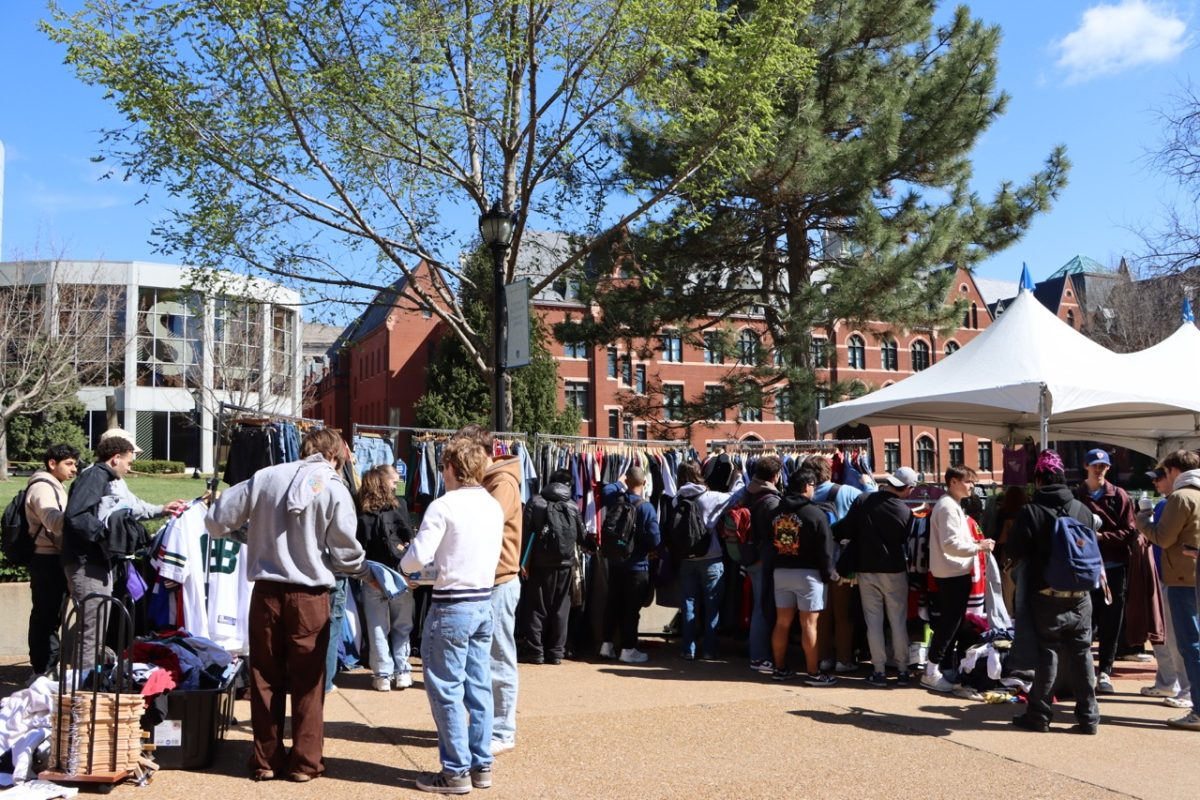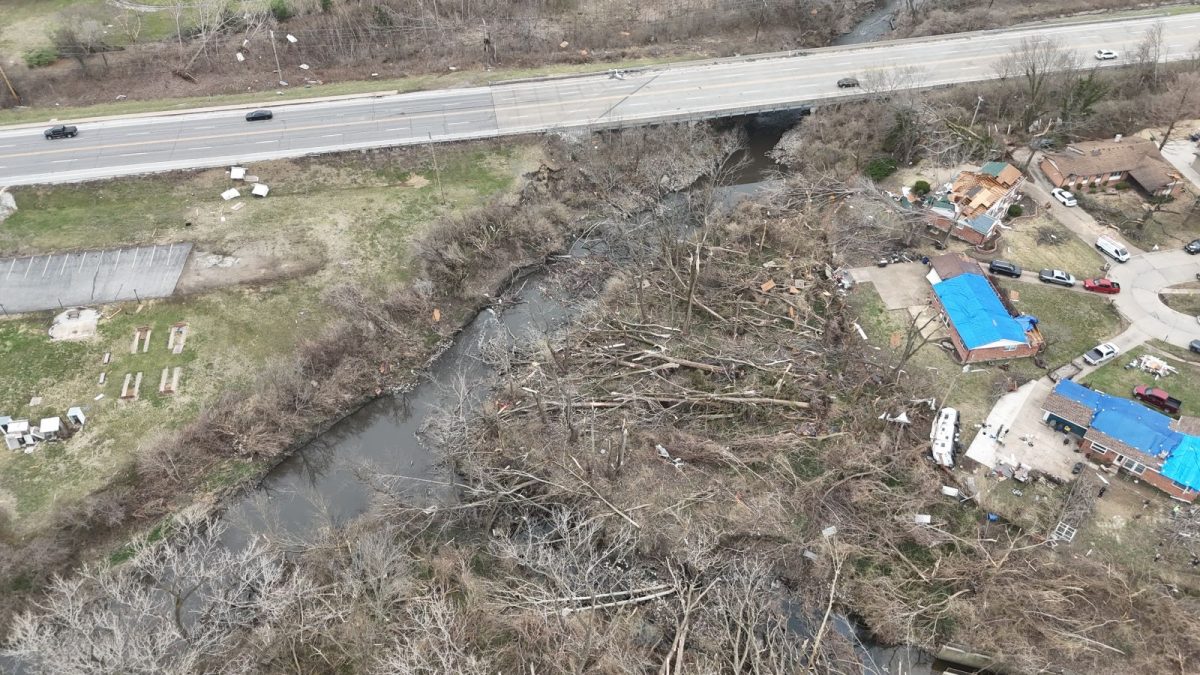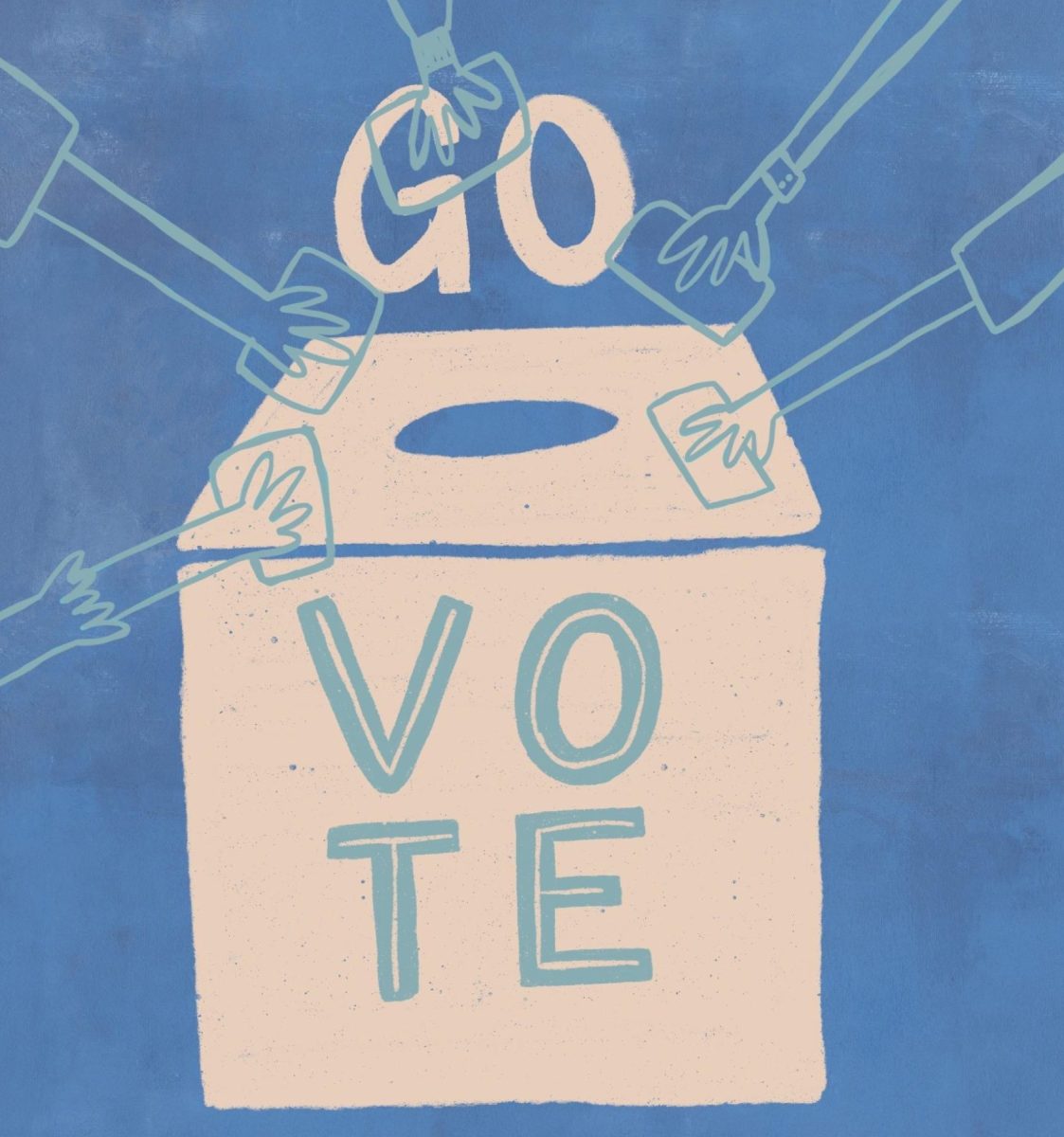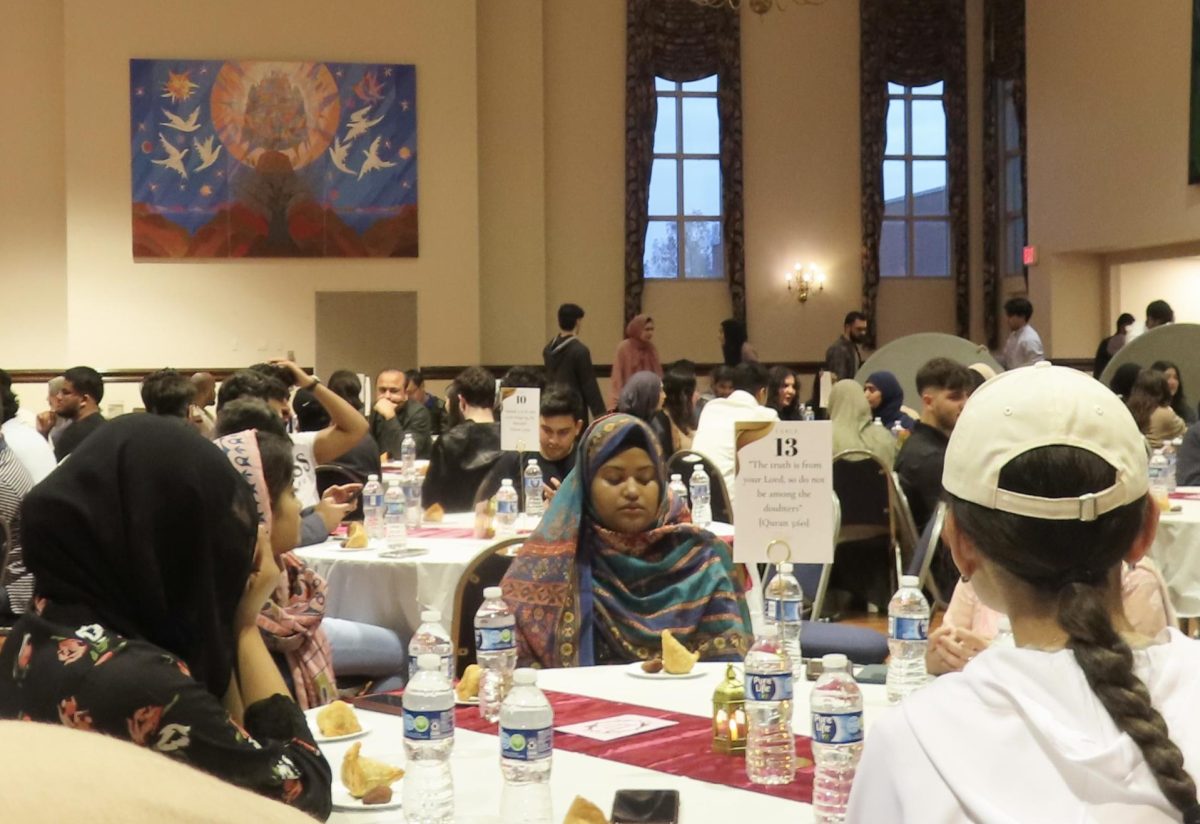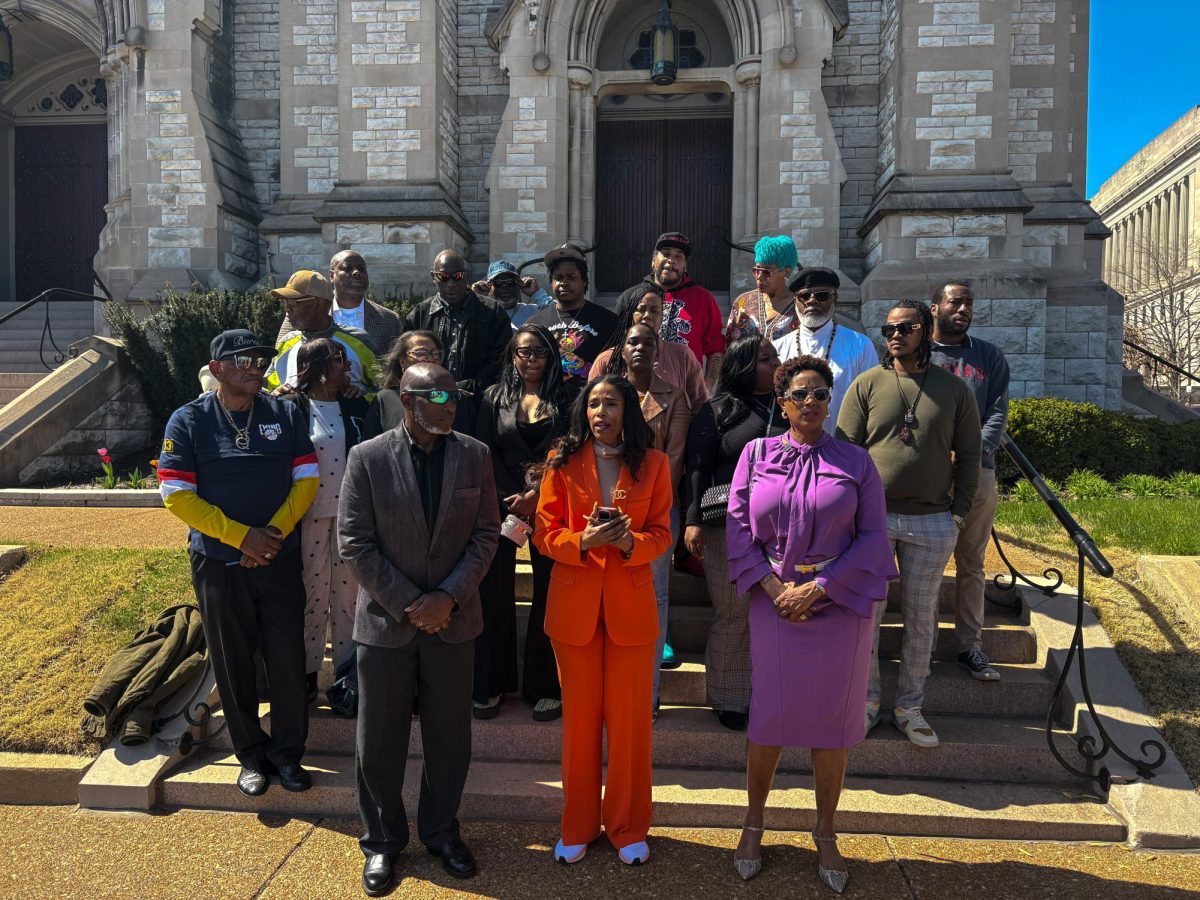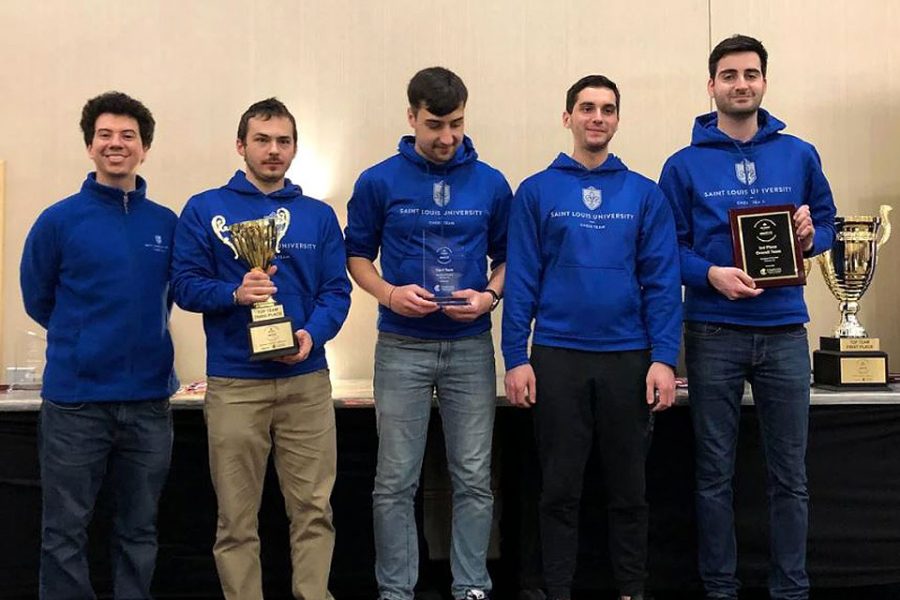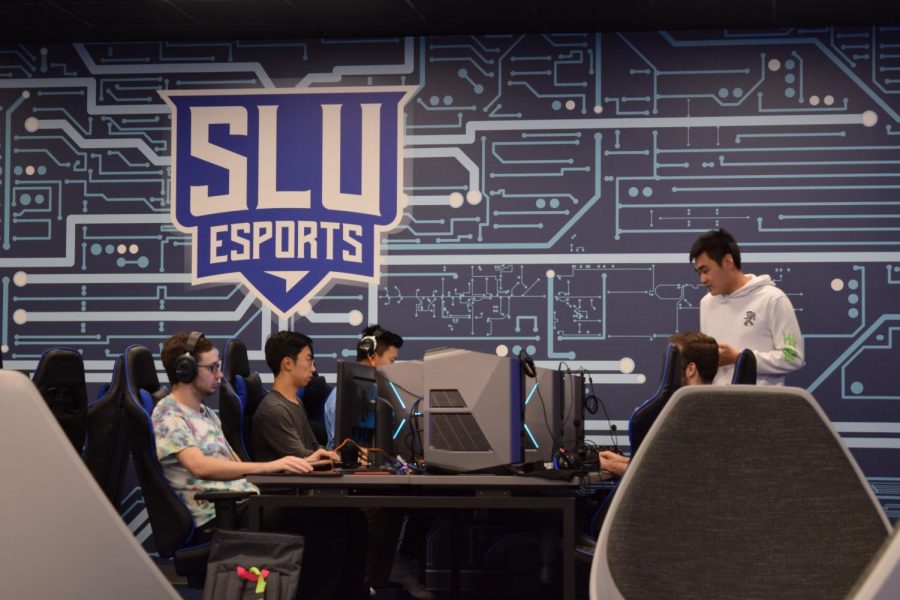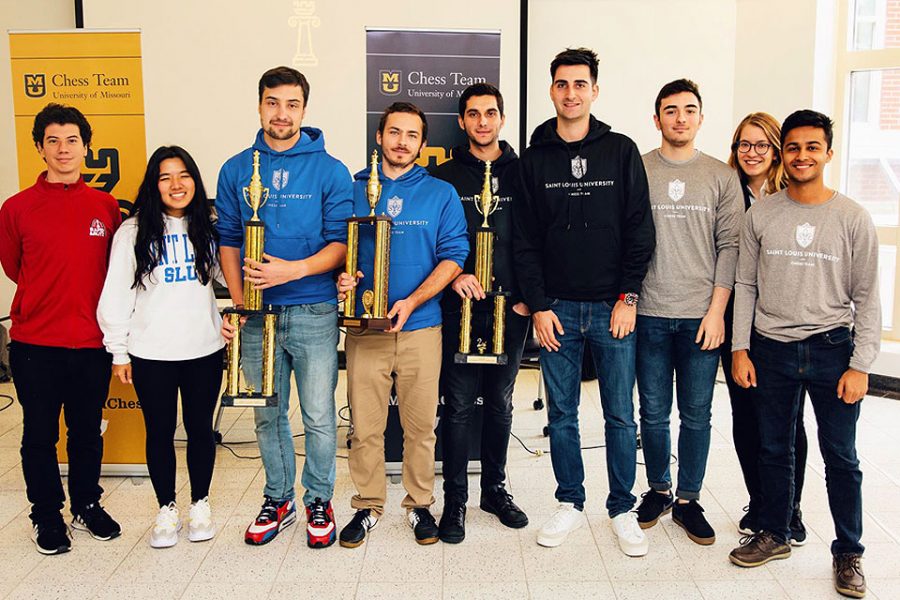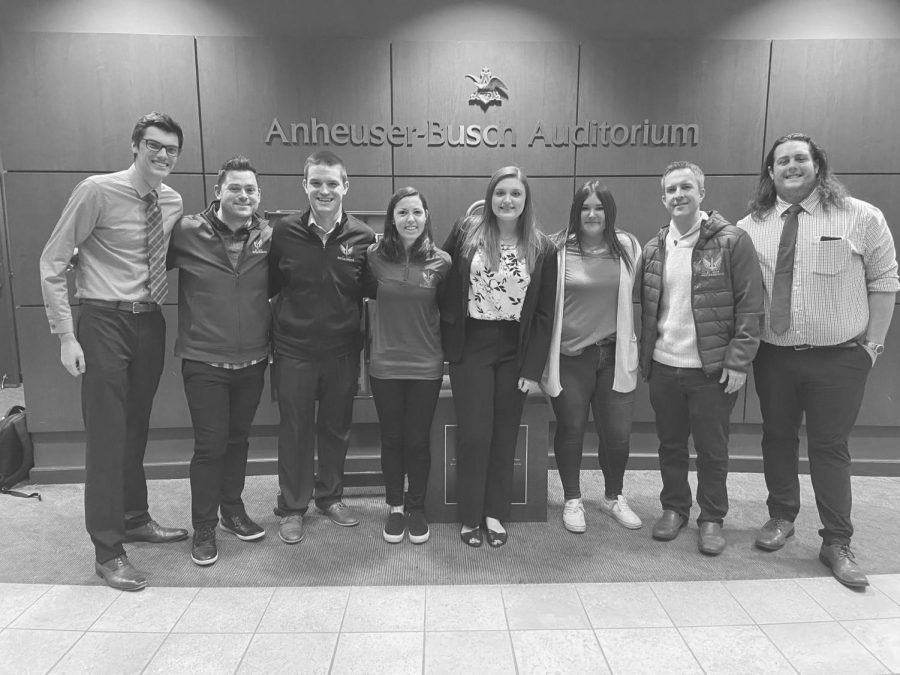Saint Louis University’s Vandeventer Field, a popular recreational and intramural field, has undergone a remarkable $1.3 million transformation to improve the athletic experience for students and community members alike. Located on the corner of Laclede and Vandeventer avenues, the field serves as a cornerstone of SLU’s underlying athletic and intramural community.
The project, aimed at addressing persistent criticisms and modernizing the facility, has introduced many improvements to enhance the user experience. Among the notable changes are solutions to the draining problems, installing a state-of-the-art light system, expanded safety netting and a redesigned layout reflecting SLU’s current branding.
Director of Campus Recreation and Wellness, Todd Robben, said that this project was an opportunity to envision potential enhancements for the space and believes that the biggest success was the timing of the project.
“Although this [winter break period] put some pressure on us with regard to planning, it allowed us to address our safety concerns sooner than we had anticipated and allow our students to take advantage of a new field this spring…thanks to a mild winter, we were able to complex the project two weeks ahead of schedule,” Robben said.
The field turf was last replaced in the summer of 2012 and it has since reached the end of its useful life. Safety had been one of the field’s chief concerns, seeing an abundance of non-contact injuries throughout its extended tenure according to a variety of students.
SLU Junior and Ultimate Frisbee Co-Captain Danny Juergens, who’s played on the field since freshman year, typically practices on the Vandeventer field three times a week.
“To be quite honest, the Vandeventer field was not a very high quality field. I’m glad that they are redoing it, because we would get a lot of people that would get injured on that field,” Juergens said. “It has always been a running joke that the Vandeventer turf is pretty tough to play on… I hope that when it does get finished that it will be a good field.”
Behind the scenes, the reconstruction process has demonstrated collaborative efforts and efficient project management. Despite challenges, such as size restraints and logistical hurdles, the project was completed two weeks ahead of schedule.
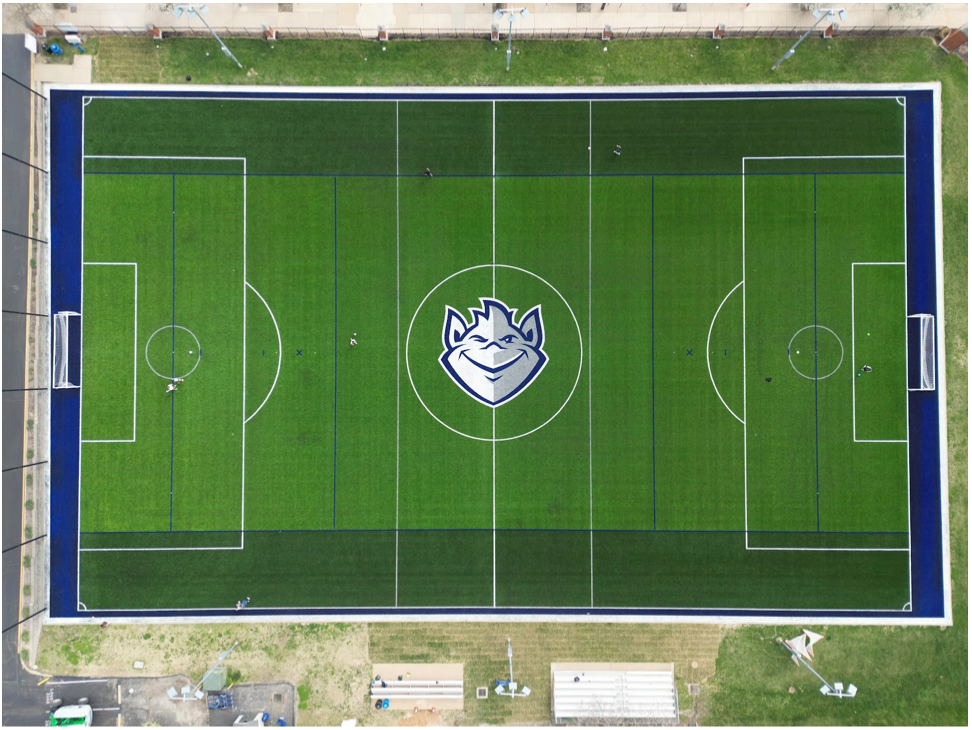
Regardless of the project’s rapid progress, it did not come without flaws. The lack of formal communication with clubs, intramural team leaders and the public seemed to be the main recurring complaint surrounding the project.
Laelle Novotny, a SLU junior who serves as the president of the women’s club soccer team, commented on the communication and less-than-ideal circumstances that club sports teams had to deal with in order to find suitable practice spaces.
“It [the communication] was very informal…the silver lining was [that] our big season is in the fall – so it didn’t interfere with that,” Novotny said.
Novotny also discussed how the women’s club soccer team has to regularly practice on SLU’s Medical campus field, which has less-than-optimal conditions – since intramural teams are typically prioritized.
“It’s rough for us to practice on, even in the fall, because Rugby tears it up since it’s grass and there’s a lot of holes, and that’s not good… It’s definitely not what we would ever picture as a club and it’s not helping us prepare as well as we’d like.”
Students like David Garcia, a freshman at SLU, was one of a handful of students who played soccer leisurely on an early Saturday afternoon in March after the field was completed.
“It’s a really great field to have open to the public,” Garcia said. I’ve taken advantage of it since it’s been open…I think it’s a great space to come out and make new friends—it allows people to get involved in different things, and it helps build that community, especially freshman year.”




